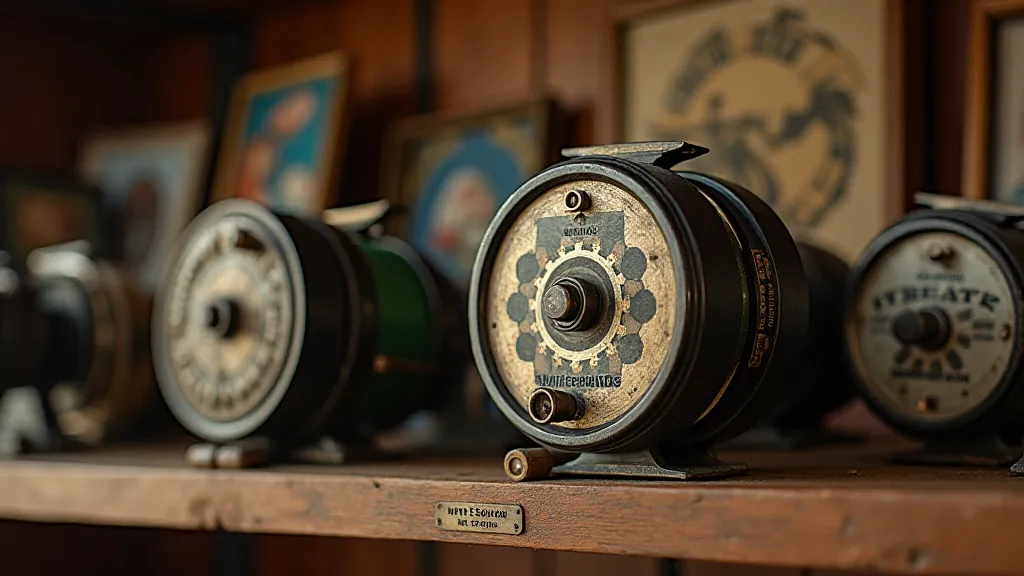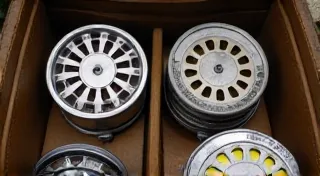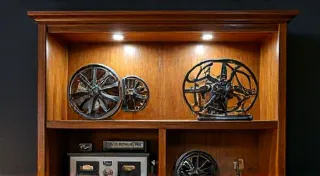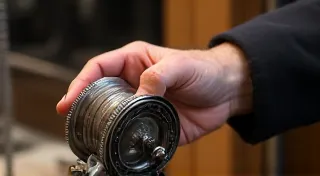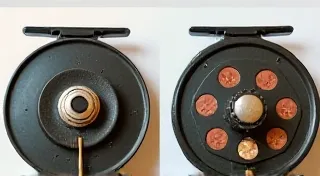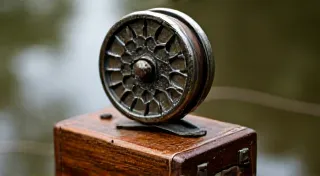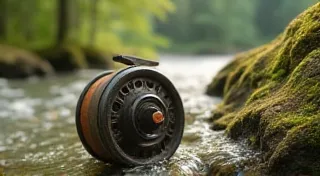Shakespeare Reels: A Comprehensive Guide to Identification
Shakespeare reels hold a revered place in the history of fishing, and are highly sought after by collectors of vintage fishing reels. From their early innovations to their later, more refined designs, Shakespeare reels represent a significant evolution in tackle manufacturing. This guide aims to provide a detailed look at identifying different Shakespeare reel models, charting their manufacturing periods, and highlighting key features that contribute to their value.
The Early Years: The Shakespeare Manufacturing Company (1898-1930s)
The Shakespeare Manufacturing Company was founded in 1898 by William Shakespeare, George Armes, and Fred W. “Curly” Lewis. Initially, they focused on producing fishing rods, but quickly expanded into reels, adopting a strong reputation for quality and innovation. Early Shakespeare reels, often referred to as “Boston” reels, are particularly desirable amongst collectors. Many early designs shared characteristics seen in other American manufacturers of the time; understanding the broader history of American reel manufacturing can illuminate the evolution of these classic pieces.
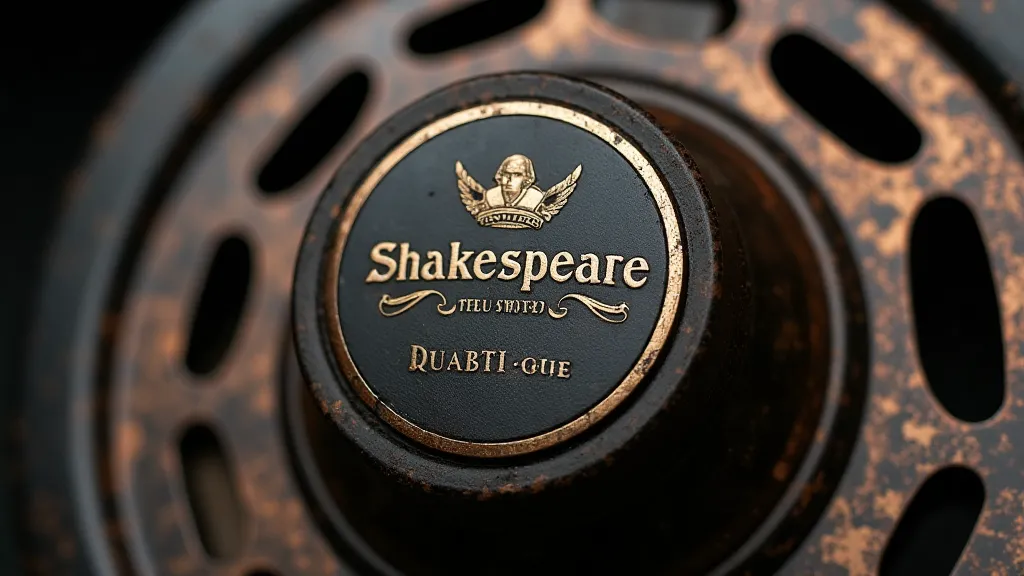
Key Characteristics of Early Shakespeare Reels:
- Material: Primarily brass, known for its durability and appealing aesthetic.
- Design: Typically lever-drag reels, simple yet effective for their time.
- Logo: The early Shakespeare logo is recognizable by its script-style lettering. It often appears alongside the "Boston" designation.
- Features: Many early models lack sophisticated features like line counters or level-wind drags, but their craftsmanship and classic design make them highly valuable.
The 1930s - 1950s: The Rise of the Level-Wind Reel
The 1930s marked a pivotal moment for Shakespeare – the introduction of their first level-wind reels. This innovation revolutionized fishing, providing anglers with greater casting accuracy and control. This era saw a diversification of models, catering to different fishing styles and preferences. The improvements represented a shift away from earlier designs, some of which may remind collectors of other early American manufacturers. For those interested in the broader context of American reel design, exploring the history of South Bend reels can offer valuable insights into this era.
Significant Models from this Period:
- Shakespeare 1500 & 1502: These were among the first level-wind reels produced by Shakespeare and remain quite collectible. They feature a simple yet effective design and are often found in good condition.
- Shakespeare 1600 Series: A significant upgrade from the 1500, the 1600 series introduced refinements in the drag system and overall reel construction.
- Shakespeare Ambassador: Introduced in the 1940s, the Ambassador quickly became a cornerstone of the Shakespeare lineup. These reels are known for their robust build quality and dependable performance.
The 1950s - 1970s: The Golden Age of Shakespeare Reels
The post-war boom saw Shakespeare reach new heights in reel manufacturing. This era is characterized by a wider variety of models, improved materials, and advancements in drag technology. The Ambassador series continued its reign, alongside new lines like the Shakespeare Delta and the Shakespeare Marathon. During this period, manufacturers were constantly striving to improve functionality and aesthetics, and understanding the innovations of competitors can enhance appreciation for Shakespeare's offerings. The quest for a smoother, more reliable reel also drove advancements in the designs of other notable brands, such as the iconic Pflueger 1600, which became a standard for quality and performance.
Key Developments:
- Improved Drag Systems: Early drag systems were often simple ratchet mechanisms. This period witnessed the introduction of more sophisticated star-drag systems, providing greater braking power and smoother operation.
- Alloy Construction: While brass remained popular, Shakespeare began utilizing alloys like aluminum and magnesium to reduce weight and improve corrosion resistance.
- Line Counters: The introduction of line counter mechanisms provided anglers with a precise indication of remaining line, enhancing their fishing experience.
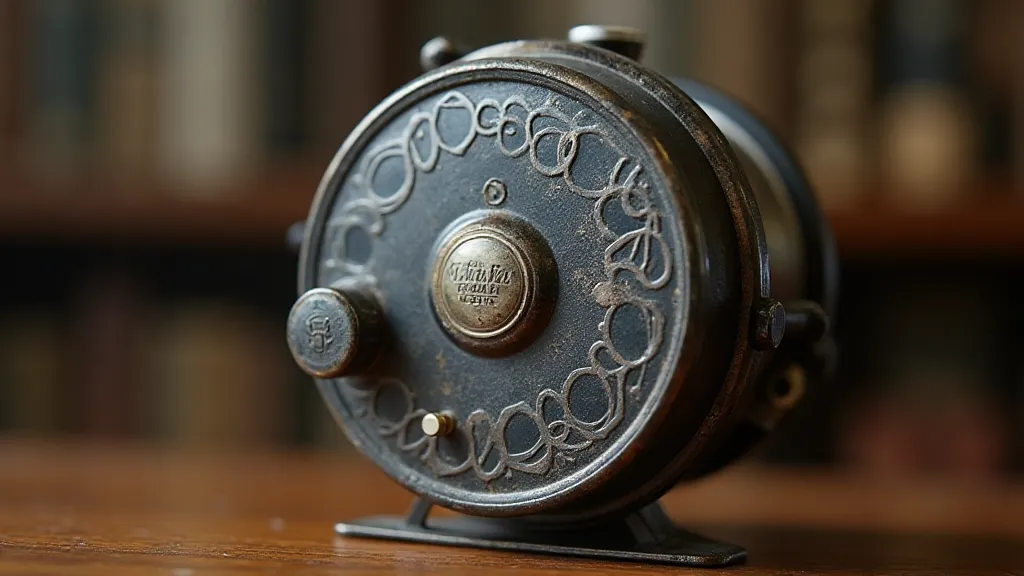
The 1980s - 1990s: Modernization and Diversification
The 1980s and 1990s marked a period of modernization for Shakespeare. The company embraced new materials like graphite and introduced more complex reel designs. While these newer models may not hold the same level of collectibility as their predecessors, they still represent an important part of Shakespeare's history. The focus shifted to performance and reduced weight, incorporating technologies seen in other brands throughout the industry. The influence of British reel manufacturers, like Hardy Brothers, whose legacy of innovation profoundly shaped the world of fly fishing, also started to subtly permeate design trends in this era.
Notable Trends:
- Graphite Reels: The introduction of graphite frames and rotors significantly reduced reel weight and improved sensitivity.
- Ball Bearing Systems: Increased numbers of ball bearings resulted in smoother reel operation and reduced friction.
- Advanced Drag Technology: Shakespeare continued to refine its drag systems, incorporating features like sealed drags and improved heat dissipation.
Identifying Shakespeare Reel Serial Numbers
Serial numbers on Shakespeare reels can be a valuable tool for dating them and determining their manufacturing origin. Serial number formats varied over the years, so identifying the correct format for a specific reel is essential. Early reels often had serial numbers stamped directly onto the reel body or spool. Later models sometimes featured serial number stickers or engraved markings. Consulting online resources and collecting forums is a great way to decipher serial number codes and pinpoint a reel’s production date. Understanding how serial number conventions evolved, and comparing them to those used by contemporaries, can sometimes reveal subtle clues about a reel's production history.
Factors Affecting Value
The value of a vintage Shakespeare reel is influenced by several factors:
- Rarity: Limited production runs or unique models command higher prices.
- Condition: Reels in excellent or mint condition are significantly more valuable than those showing signs of wear and tear.
- Originality: Reels with all original parts and accessories are preferred by collectors.
- Demand: Popular models and those with historical significance tend to fetch higher prices.
- Functionality: A reel that functions smoothly and reliably is more desirable.
Resources for Collectors
Several excellent resources are available to help collectors identify and assess the value of vintage Shakespeare reels:
- Online Forums: Numerous online forums dedicated to vintage fishing reels provide a wealth of information and a community of experienced collectors.
- Auction Sites: Regularly browsing auction sites provides valuable insights into current market prices for different Shakespeare models.
- Collecting Guides: Several published guides offer comprehensive details on Shakespeare reels, including identification charts and value estimates.
- Museums & Historical Societies: Some museums and historical societies may have collections of vintage fishing reels that can provide a historical context.
- Early American Reel Manufacturing: To gain a broader understanding, investigating the broader history of Zero Spindle reels offers a glimpse into the origins of American reel design.
Collecting vintage Shakespeare reels is a rewarding hobby that combines a passion for fishing history with an appreciation for fine craftsmanship. By understanding the different models, their manufacturing periods, and the factors that influence their value, you can build a valuable and enjoyable collection.
